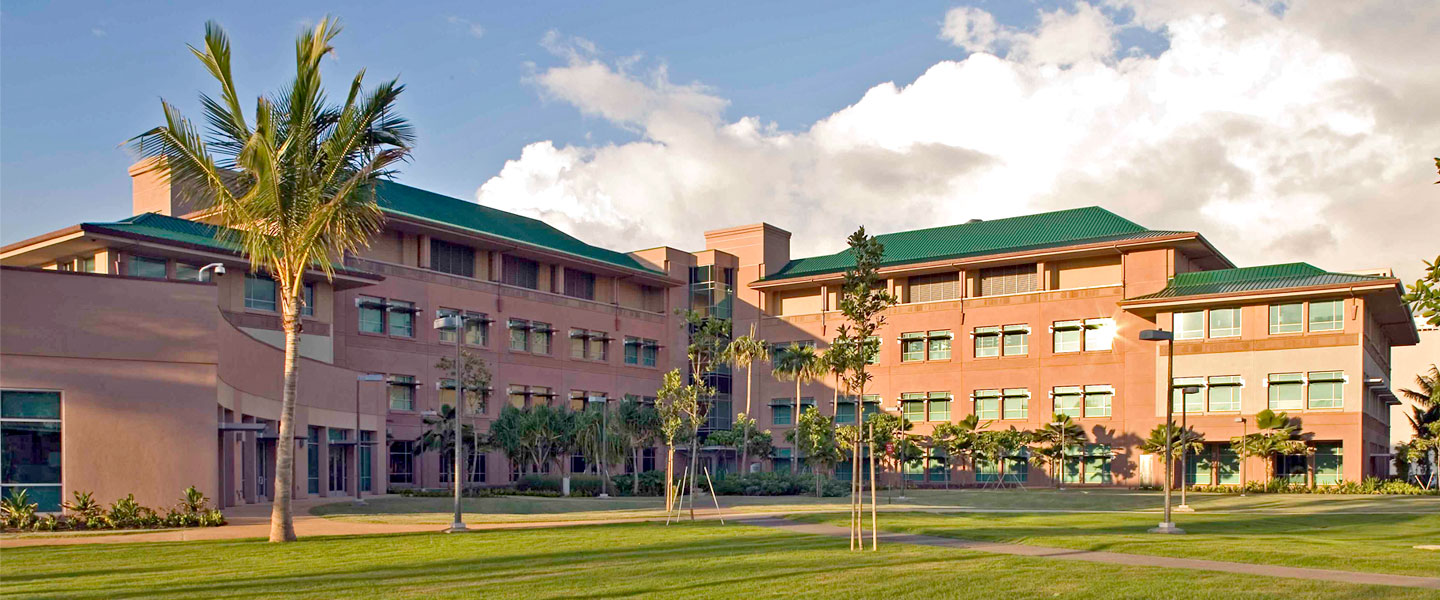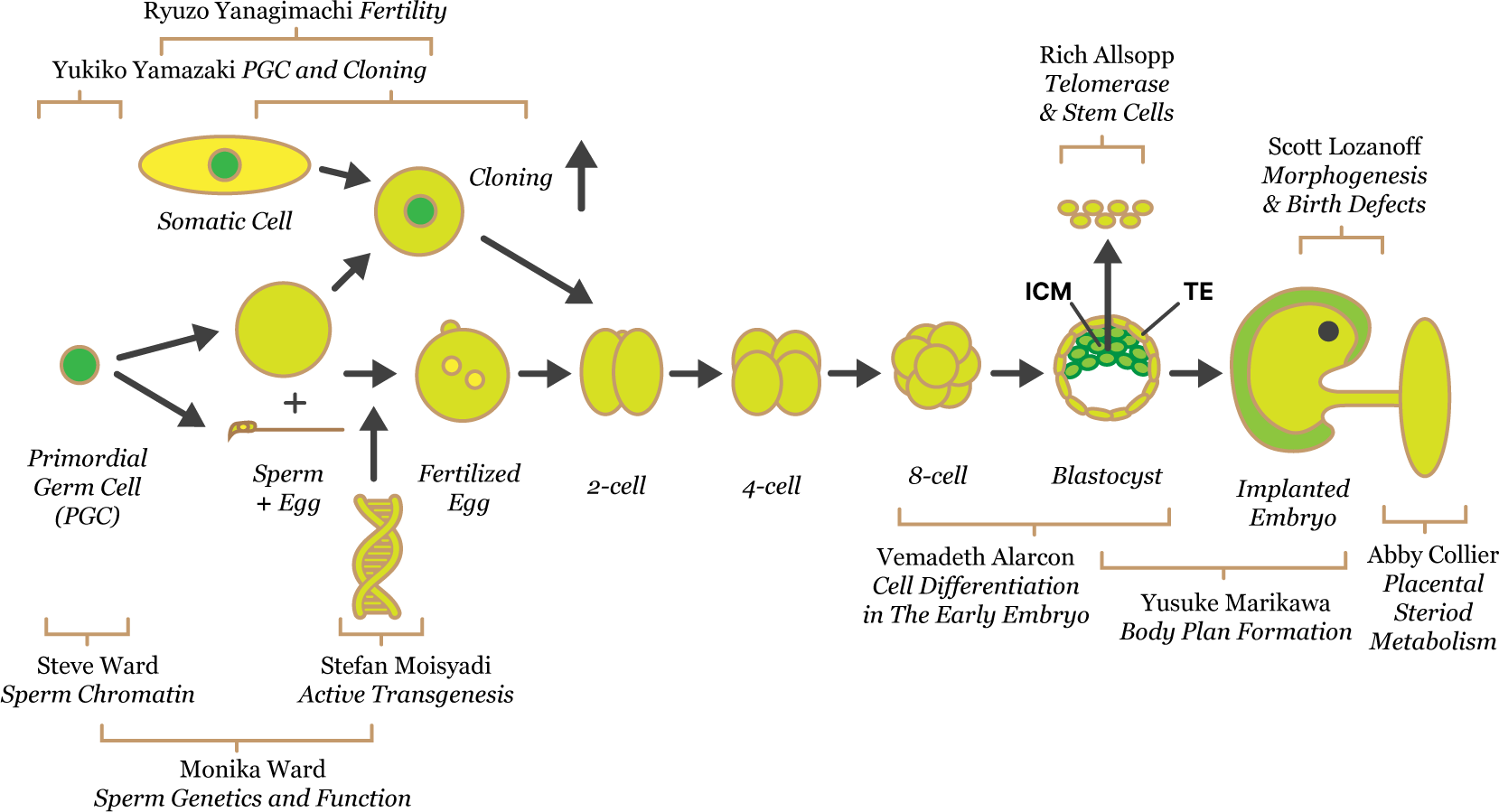 Yanagimachi Institute for Biogenesis Research (YIBR) at Mānoa
Yanagimachi Institute for Biogenesis Research (YIBR) at Mānoa
 JABSOM Biosciences Building (BSB) at Kakaʻako
JABSOM Biosciences Building (BSB) at Kakaʻako
The DRB Graduate Progam focuses on laboratory research and classes that integrate diverse disciplines, such as the study of:
Well-funded laboratories by distinguished scientists offer research opportunities in areas that include fertilization, developmental biology, stem cells, congenital deformities, and anatomical imaging.

At the completion of the Developmental and Reproductive Biology Graduate Program, the doctoral candidate will be able to: